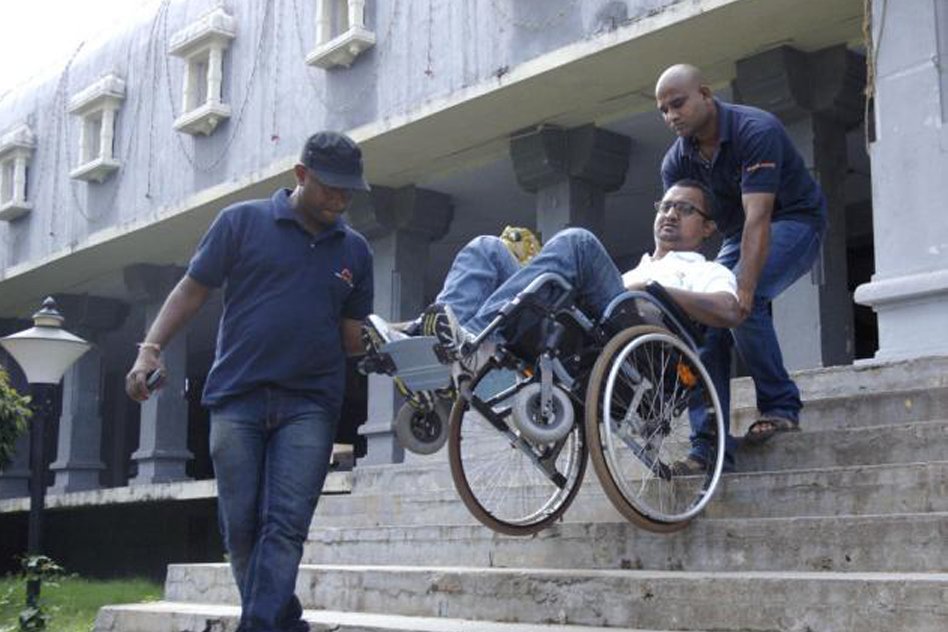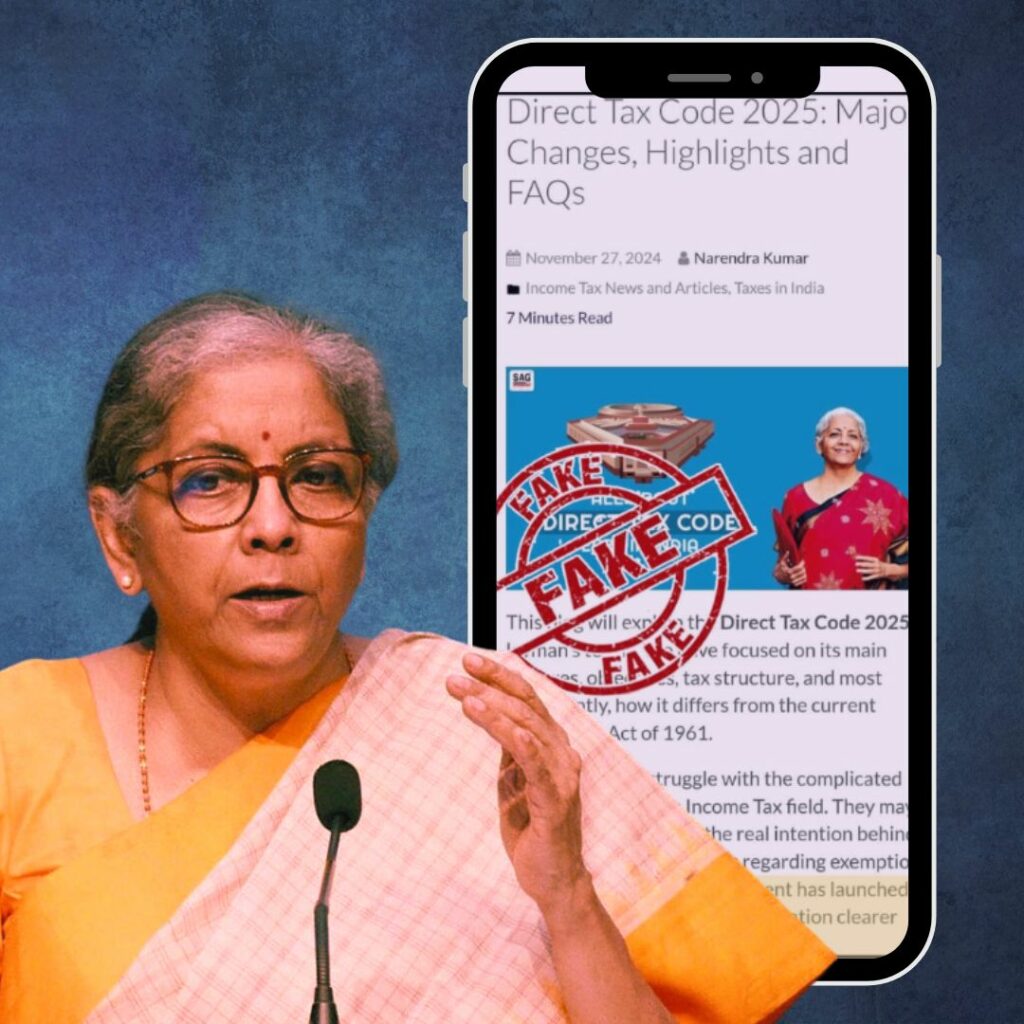The Government has recently launched the Inclusiveness and Accessibility Index to benchmark and evaluate readiness of various stakeholders for making the workplace accessible for Persons with Disabilities (PwDs). The index is an average of two sub-indices, the Inclusiveness Sub-Index and the Accessibility Sub-Index.
Government of India recently launched the ‘Inclusiveness and Accessibility Index’ as a part of the ‘Sugamya Bharat Abhiyan’. The Index was prepared in collaboration with The Federation of Indian Chambers of Commerce and Industry (FICCI). The ‘Inclusiveness and Accessibility Index’ helps the industries and corporates to participate in the Accessible India Campaign (AIC) by voluntarily evaluating their readiness for making the workplace accessible for Persons with Disabilities (PwDs)
Inclusiveness and Accessibility Index
Sugamya Bharat Abhiyan is a nationwide campaign for achieving universal accessibility for PwDs and to create an enabling and barrier free environment. The campaign focuses on three verticals: Built Environment; Public Transportation and Information & Communication Technologies.
The index will measure inclusiveness and accessibility of PwDs across different kinds of organisations. The composite index is split into two independent sub-indices that separately measure inclusiveness, and accessibility (I&A). A toolkit has been developed that helps in measuring these indices. The government has made it clear that these indices are not a substitute for the legal obligations that exist under national or international regulatory regimes. The indices are aimed at assessing the current stage of inclusiveness and accessibility of PwDs.
Inclusiveness Sub-Index
This has three major components namely
- Inclusive Policies & Organizational Culture
- Inclusive Employment
- Awareness & Adoptions
There are sub components for each of the component. Each of the sub components is rated on a scale of 0 to 4. The ratings mean the following
0-1: Needs Significant Improvement
Up to 2: Average
Up to 3: Good
Up to 4: Excellent
Accessibility Sub –Index
This also has three components namely
- Accessibility Related Practices
- Infrastructural Accessibility
- Products & Services
Proposed Methodology
The methodology for determining the position of an organisation on the inclusiveness and accessibility index is as follows,
- Each of the sub-indices Inclusiveness and Accessibility has equal weightage in the composite index.
- Both Inclusiveness and Accessibility sub-indices have 3 components each.
- Each of these three components has equal weightage in the related index.
- The Inclusiveness and Accessibility sub-indices, are computed by calculating the average of the subcomponent rating scores.
- Each sub-component has various indicators which carry specific rating points. The rating for these indicators at a particular rating scale (1 to 4) add up to 1.
Rating each component and their sub-component is based on three dimensions:
- Availability of an approach or a policy or an SOP
- The degree of implementation
- The outcomes or results
The toolkit has a detailed questionnaire that will help with arriving at these ratings.The government feels that the recognition of the Index by the Corporate Sector and public sector organisations will benefit them immensely by
- Being the benchmark
- Take Progressive steps to increase support
- Fully utilise diverse talent pool
- Reduce employee turnover, increase employee loyalty and increase morale and productivity of other employees in the organisation
- Create a positive brand image
- Expand customer base through new products and services
- Enhance shareholder value
- Above all, the Inclusiveness and Accessibility Index shall promote human dignity and social cohesion where all citizens have equal access to opportunities to fully realise their potential
What about Government Infrastructure?
The government has fixed the following targets under this campaign with respect to its buildings, transport agencies and websites.
- 25 to 50 of the most important government buildings will be converted into fully accessible buildings by July 2016 in 50 cities of the country.
- Accessibility audit of all the international airports and converting them into fully accessible international airports by July 2016 and that of all the domestic airports and converting them into fully accessible airports by March 2018.
- All A1, A & B categories of railway stations in the country will be converted into fully accessible railway stations by July 2016 and 50% of railway stations in the country will be converted into fully accessible railway stations by March 2018.
- 10% of Government owned public transport carriers in the country will be converted into fully accessible carriers March 2018.
- The accessibility audit of 50% of all government (both Central and State Governments) websites and converting them into fully accessible websites will be done by March 2017
- Training and development of 200 additional sign language interpreters will be done by March 2018.
The government has also enrolled 18 access auditors to lead the access audits across the country. These auditors will audit 1124 public buildings in 32 different cities.










